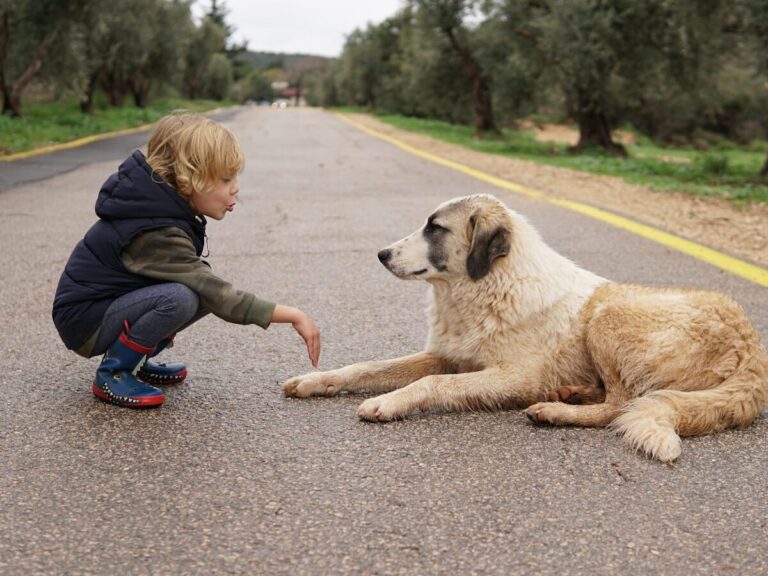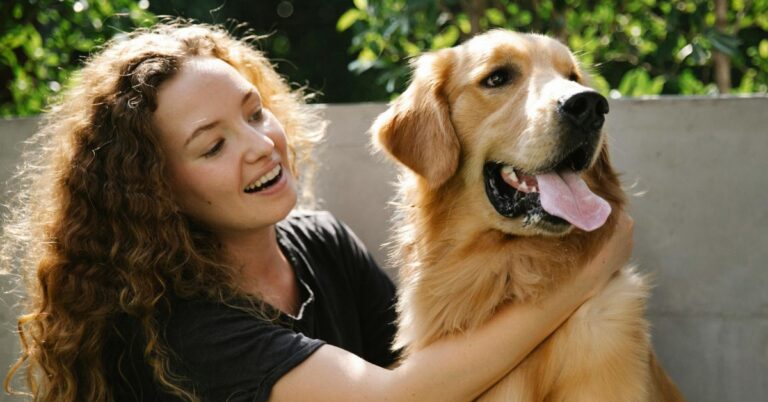20 Ways To Make Walks With Your Dog Safer And More Enjoyable
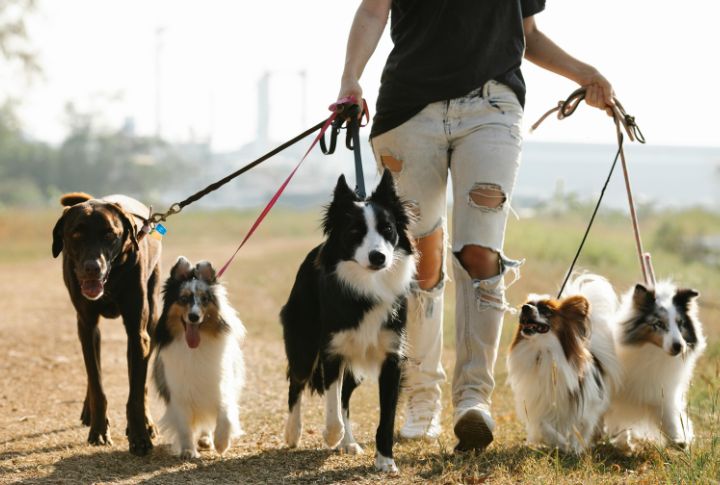
Walking the dog might seem like a routine task—but it’s easy to miss the small habits that actually make a big difference. A good walk isn’t just about stretching paws and sniffing around. Safety, timing, and manners all play a role. So, here are 20 ways to turn your everyday walks into smoother, safer adventures for both you and your dog.
Choose The Right Leash And Collar
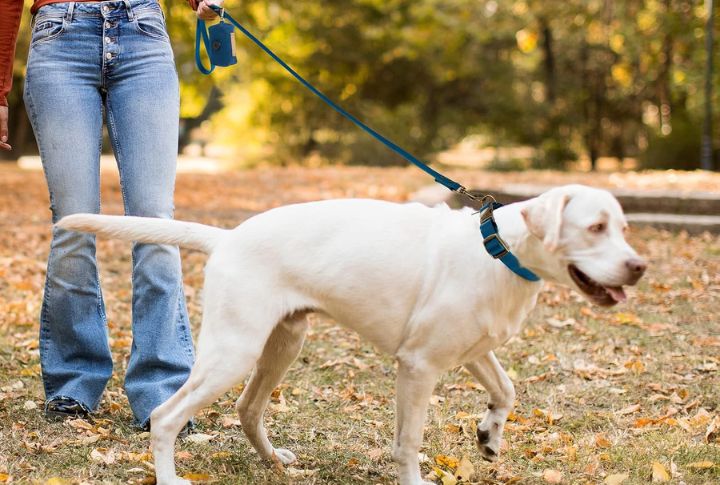
If your dog has ever slipped out of their collar during a walk, you know how terrifying that split second can be. To keep your pup safe, make sure the collar fits just right—snug enough that only two fingers can slip between it and their neck. For dogs that pull, using a harness ensures better control and minimizes strain. And skip the retractable leashes—they can cause injuries and make it harder to guide your dog safely.
Set The Walking Pace Early
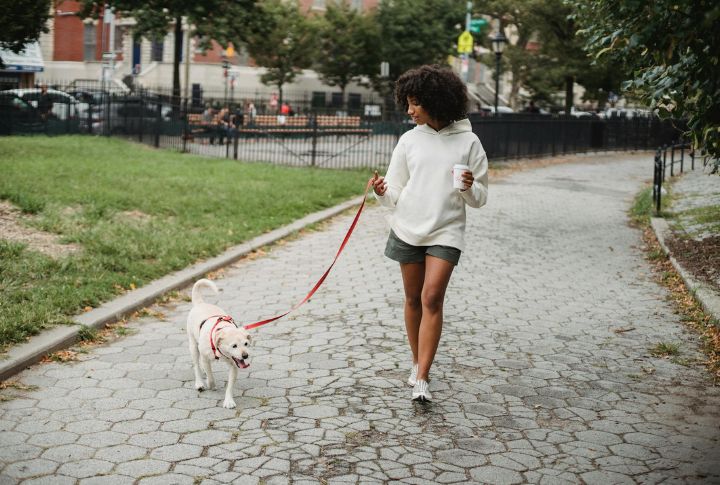
Your dog tugs ahead, you lag behind, and suddenly, it’s a chaotic tug-of-war. Take control from the start. Walk with purpose, setting a steady pace. Encourage your dog to follow your lead to keep the walk structured and enjoyable while reinforcing your role as the pack leader.
Allow Sniffing, But In Moderation
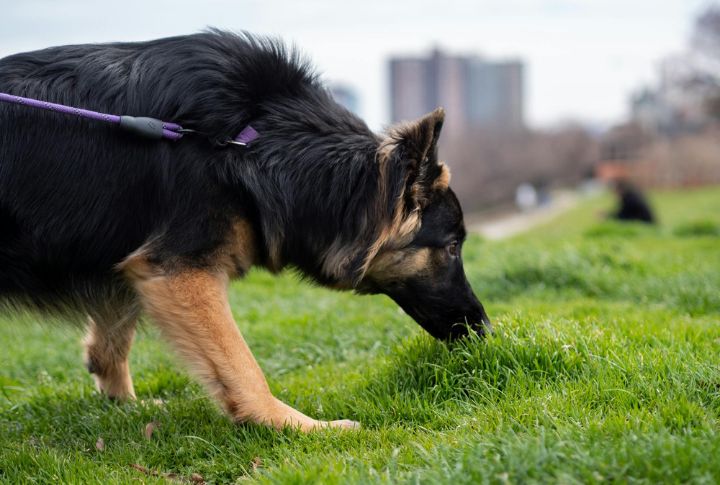
Sniffing isn’t just fun; it’s how dogs explore their world. But letting them stop every five seconds? That’s a problem. Strike a balance—give designated sniff breaks, then move on. This prevents aimless wandering while still allowing your dog to enjoy the walk’s sensory experience.
Get Distracted While Walking
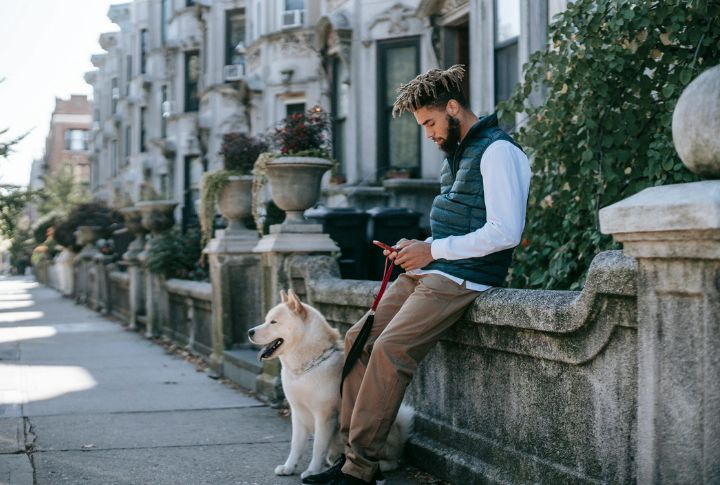
You’re checking your phone, and suddenly, your dog lunges at a squirrel. Distractions cause accidents. Keep an eye on traffic, cyclists, and other dogs. Anticipate your dog’s reactions before they happen. Staying present ensures both of you a safe and enjoyable stroll.
Always Pick Up After Your Dog
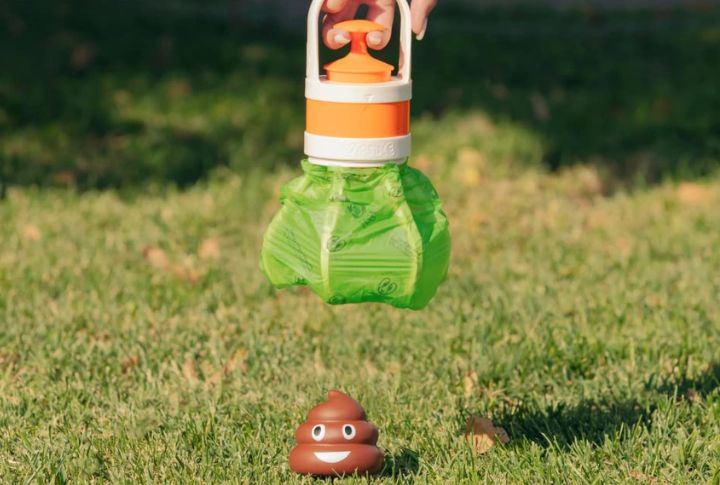
You wouldn’t leave trash on the sidewalk, so why leave dog waste? It’s unsanitary and illegal in most places. Carry bags, clean up immediately, and dispose of waste properly. Being a responsible dog owner keeps public spaces clean and ensures others enjoy the path too.
Teach Good Walking Manners
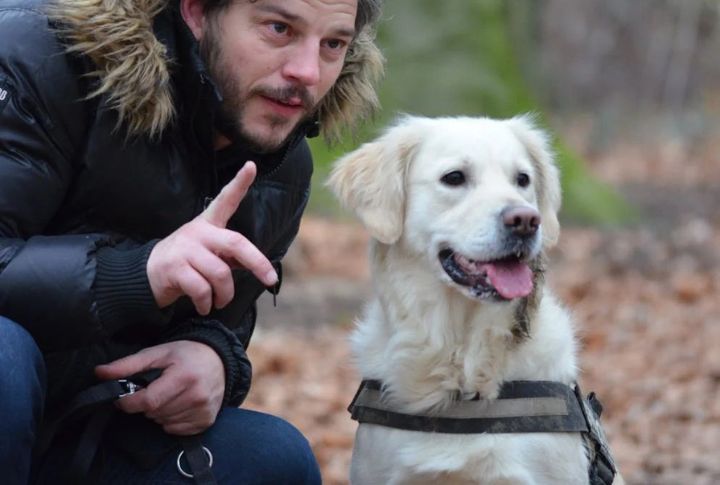
A dog that drags or jumps on strangers turns a simple walk into a stressful ordeal. Reinforce calm behavior with rewards. If your dog pulls, stop walking. If it reacts aggressively, redirect its focus. Training takes patience, but consistency makes all the difference.
Keep Walks Exciting
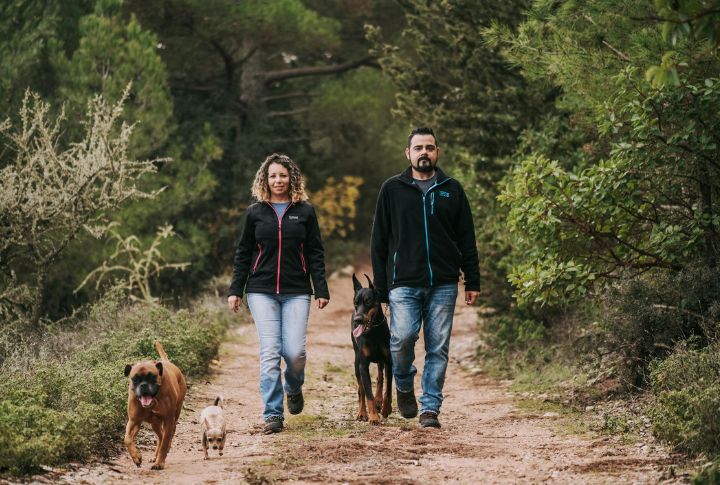
Would you enjoy walking the same route every single day? Probably not—and your dog feels the same way. Keep things fresh by exploring new trails or adding a few obedience exercises during your walk. The change of scenery keeps your pup mentally engaged and excited for every outing.
Don’t Ignore Walking Hazards
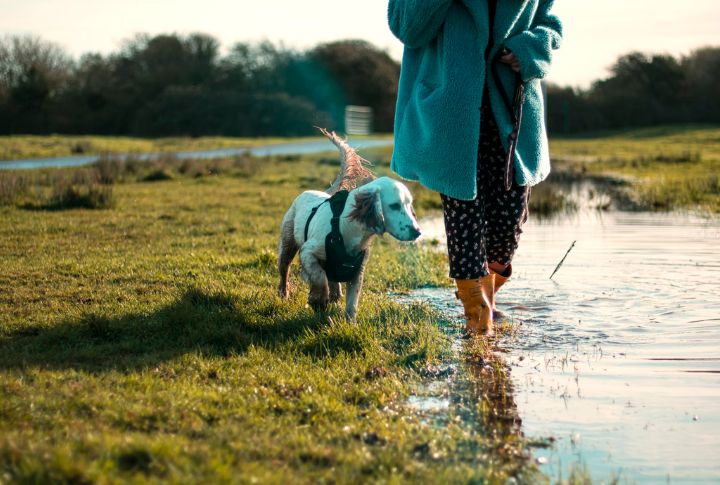
A simple sidewalk holds hidden dangers such as sharp objects and toxic plants. Stay vigilant. Avoid unfamiliar puddles and check your dog’s paws after walks. If your dog eats something questionable, seek veterinary advice. Preventing accidents starts with awareness.
Maintain A Calm Energy
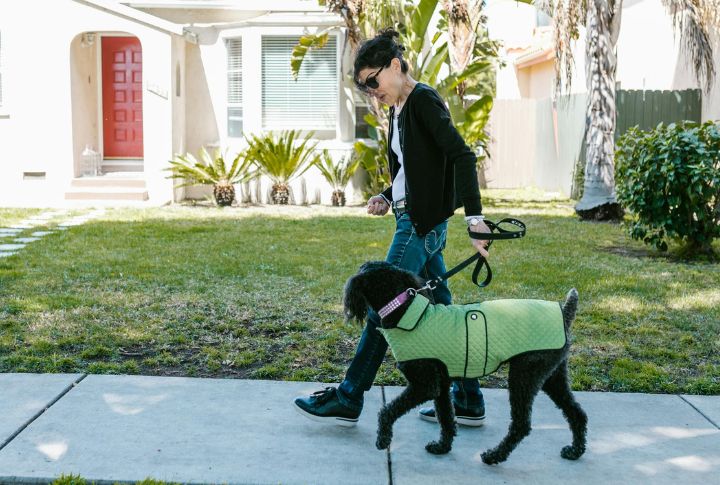
Your dog mirrors your emotions. When you’re tense, they become anxious; when you’re relaxed, they feel secure. Walk with confidence, using a firm but gentle grip on the leash, and speak in a calm, reassuring tone. Your energy shapes the entire walk experience.
Don’t Assume All Dogs Want To Interact
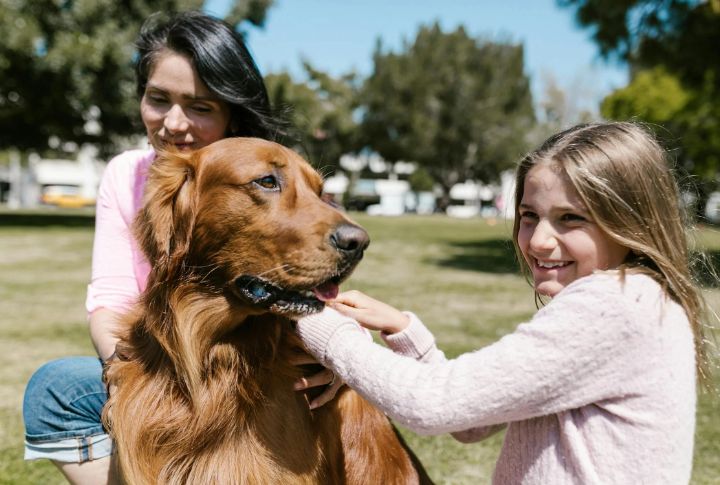
Not every dog or person wants to interact. Always ask before approaching another dog. If someone avoids eye contact, take the hint and move on. Teaching your pup to ignore distractions and stay focused on you prevents unwanted conflicts.
Check The Weather Before Heading Out
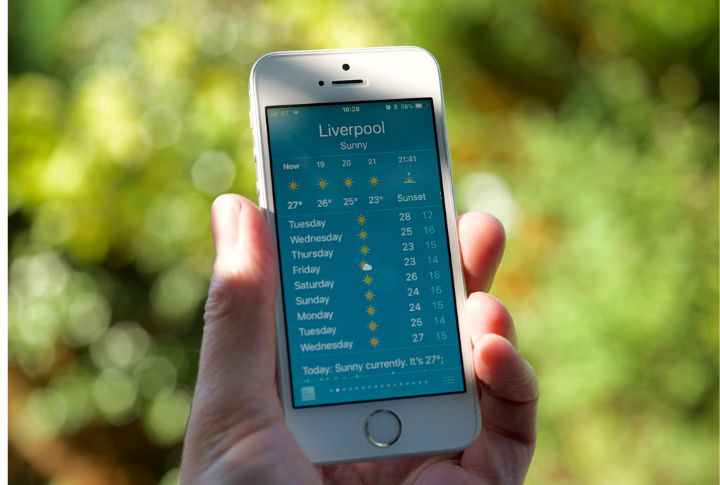
Cold sidewalks burn paws just as hot pavement does. Rain makes surfaces slippery. Before stepping outside, assess the weather. Your dog’s comfort and safety should come first. On extreme days, shorten walks or find an indoor alternative.
Train For Leash Walking
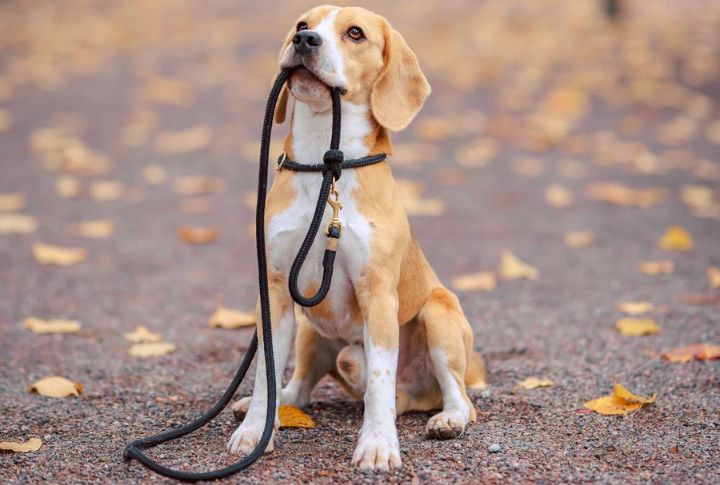
Leash-pulling won’t stop overnight. Training requires patience and repetition. Use a short leash for better control. Reward loose-leash walking with treats or praise. The goal is a relaxed, enjoyable walk where you and your dog sync.
Overexert Your Dog
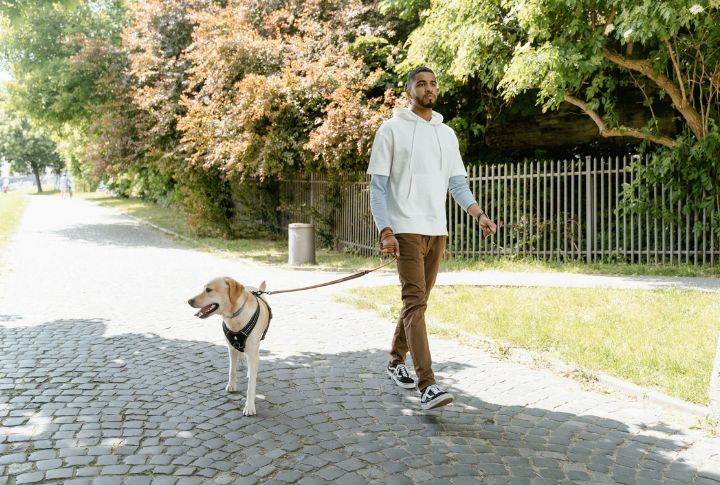
The summer sun beats down, and your dog’s panting grows heavy. Overheating is dangerous. Stick to shaded paths and take breaks as needed. Know the signs of exhaustion—if your dog slows down or refuses to walk, it’s time to stop and hydrate.
Hydrate Before And After Walks
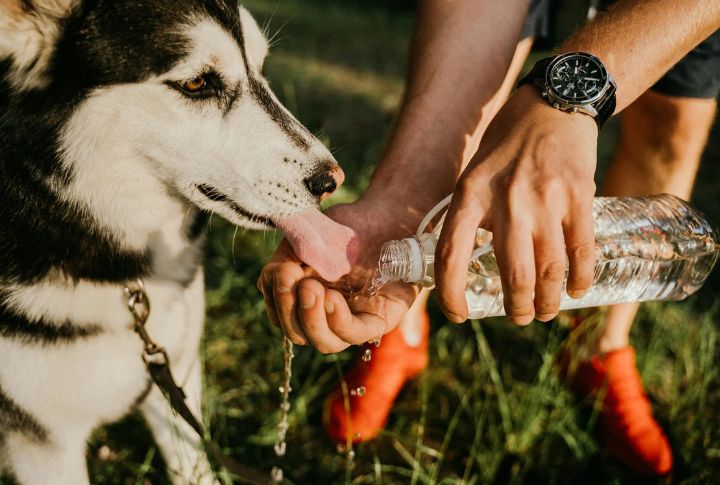
Dehydration sneaks up fast. Offer your dog water before leaving, and carry a portable bowl for longer walks. Afterward, replenish lost fluids. Watch for dry gums, lethargy, or excessive panting, as these signs mean your pup needs a drink.
Plan Walks Around Your Dog’s Needs
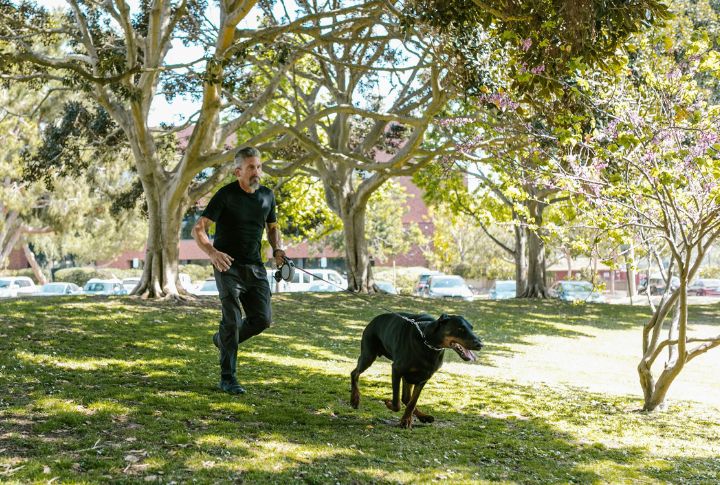
A high-energy canine needs longer, more stimulating walks, while an older dog may prefer a slow-paced stroll. Find out your dog’s stamina level to tailor the walk accordingly. Striking the right balance prevents boredom and exhaustion.
Keep Night Walks Safe
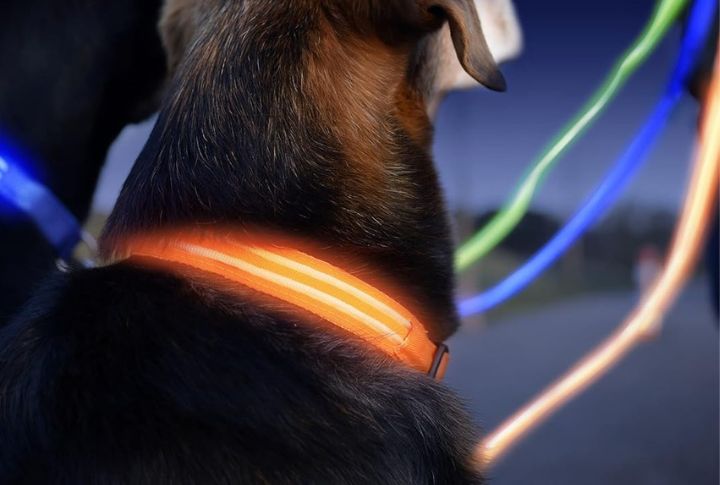
Walking after dark? Visibility matters. Use a reflective leash or LED collar. Stick to well-lit paths and avoid unfamiliar routes. Carry a flashlight if necessary. Take these precautions to ensure you and your dog stay seen and safe throughout your walk.
Control Socializing With Others

Friendly or not, rushing up to strangers isn’t polite. Train your dog to sit before greeting people or pets. If it gets too excited, walk away. Practice good social skills to make walks enjoyable for everyone involved.
Monitor Paw Health
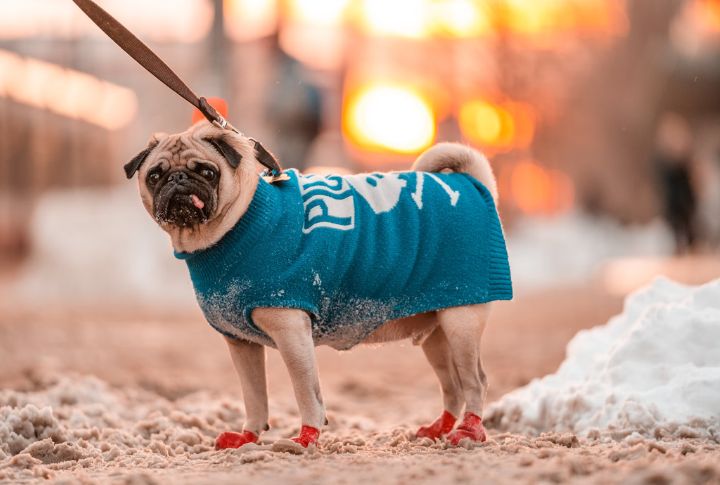
Rough terrain wears paws down. Check for cuts or irritation after every walk. In winter, salt can burn paw pads, so make sure to wipe them clean. Consider dog booties for extreme weather. Healthy paws keep your dog walking comfortably.
Use Walks As A Training Opportunity
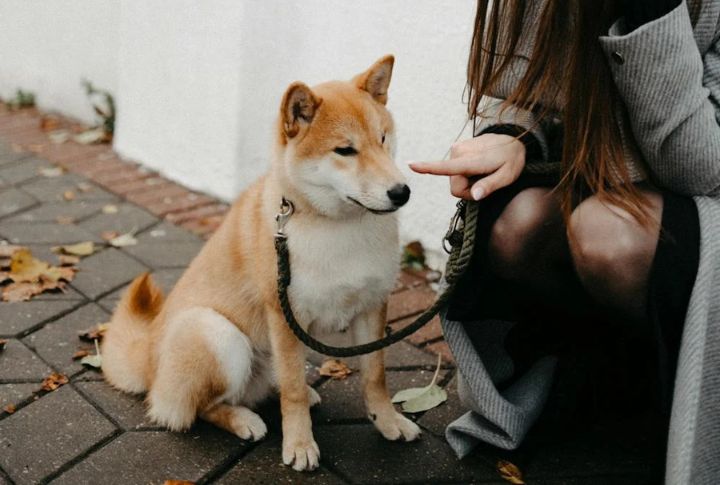
Practice ‘sit’ and ‘stay’ at different points, as this is an opportunity to reinforce commands. Reward focus and good behavior. A well-trained dog makes outings smoother and safer. Stay consistent, and your dog will reliably respond to commands over time.
End Walks On A Positive Note
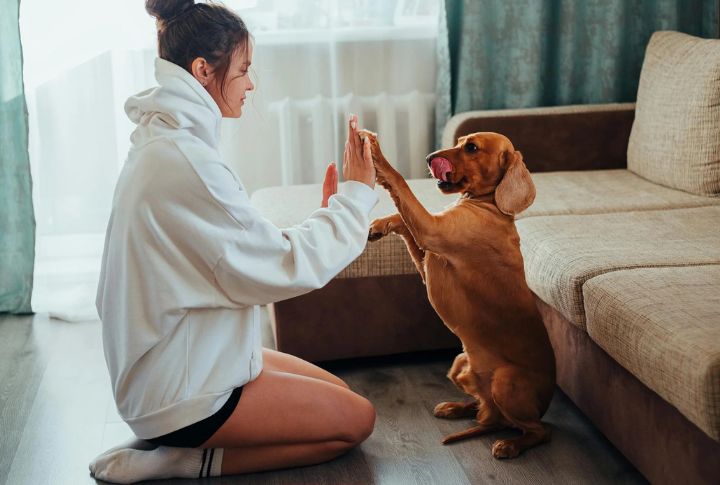
The walk is over, but the experience lingers. Praise your dog and allow a short cooldown. This reinforces good behavior and builds anticipation for the next walk. Every outing should leave your dog tired and eager for the next adventure.
